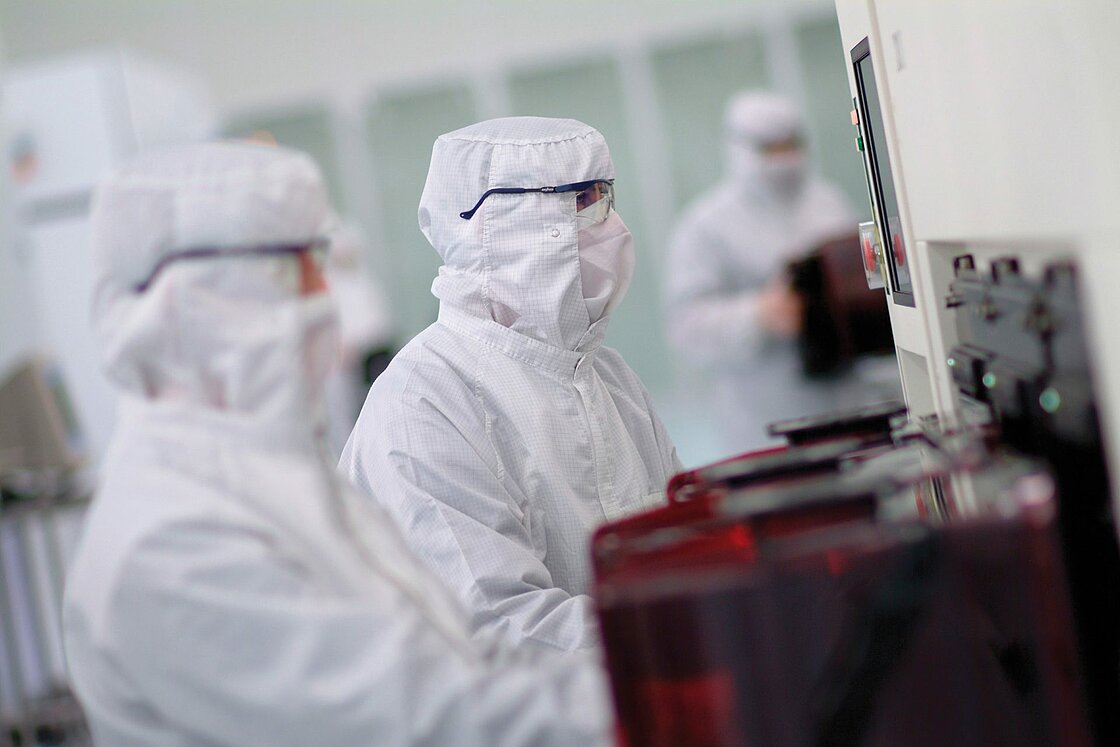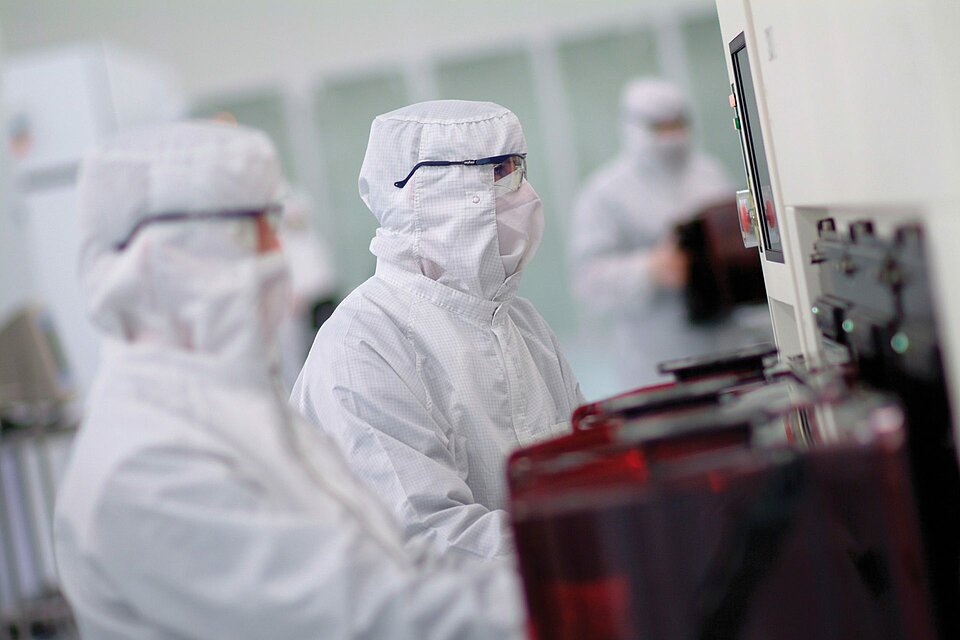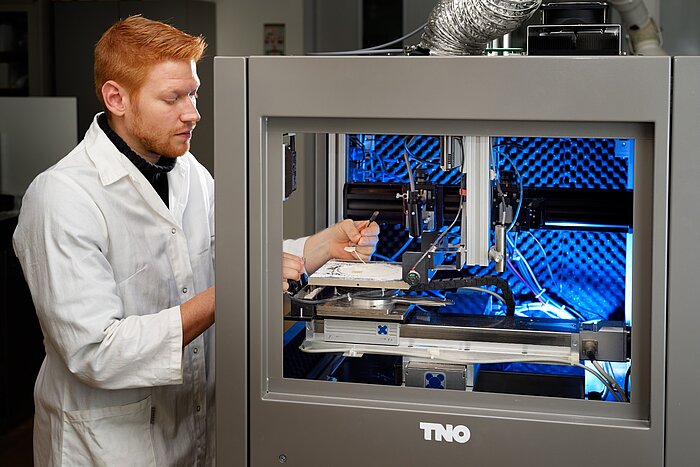Holst centre best place to learn and level up
Peter Zalar was born and raised in Los Angeles. He obtained a PhD in chemistry in Santa Barbara, then left America and moved to Tokyo for a post-doc where he worked with a world-renowned professor.
A little while ago, he moved to the Netherlands to work on flexible electronics at Holst Centre. “In my field, Holst Centre is one of the top organisations you would want to work for. I just asked myself what is the best place to learn and level up and I applied.”

Holst Centre is an independent R&D centre that develops flexible electronics and wireless sensor technologies in an open innovation setting. It was founded by the Belgian research institute IMEC and the Dutch research institute TNO. Holst Centre has a partnership model with industry and academia based around roadmaps and programs. Because of this kind of cross-fertilization Holst Centre is able to tune its scientific strategy to industrial needs.
People from about 28 different countries are employed at Holst Centre. Over 200 persons work for the organisation and it collaborates with more than 40 industrial partners. Most of Holst’s employees work on Research and Development. Peter Zalar is one of these researchers.
Study in several countries
“I already lived in Eindhoven a few years ago,” Peter says: “I was here for a few months during my bachelor studies as a visiting student at Eindhoven University of Technology. I obtained my bachelor and PhD degree in chemistry in Santa Barbara in California. After that I decided to go Tokyo for a post-doc because there is a professor there that I was very eager to work with. In Tokyo I did research on next generation electronics.’
Best place to learn and level up
“After having finished my post-doc, I applied for a job at Holst Centre because I wanted to move more towards the application of flexible electronics and if you look around in my field Holst Centre is a top company to work for. In America, one of my colleagues came from Groningen and he invited his friend working at Holst Centre to give a presentation at my University and that is the first time I got acquainted with the organisation. For me it is very important to keep on developing myself. If I am stagnant and not learning anything, then it is time to move on. During my post-doc, I read a lot of publications and press releases from Holst Centre. I just asked myself what is the best place for me to learn and level up and that was Holst.”


Fundamental research is like art
“At Holst Centre I work in the group of printable sensors. My fascination for electronics started at university. I had two main interests, polymer chemistry and plastic electronics. The polymer chemistry laboratory I wanted to join was full, so I chose a lab specialising in polymer electronics. University to me was a place to play. Like art, research does not have to have an immediate impact because what you do could inspire others.”
Subtle chemical alterations with impact on society
“This is a great field to work in if you like to play. When you think about using plastic you can think of all kinds of different shapes and the ability to change chemical structures and its conductivity. Looking at a chemical structure and making it functional is what interests me. For example, by making a small chemical alteration, a polymer’s colour and electrical properties can change. It’s amazing that you can draw something on paper, synthesize it, and make a functional device. “
